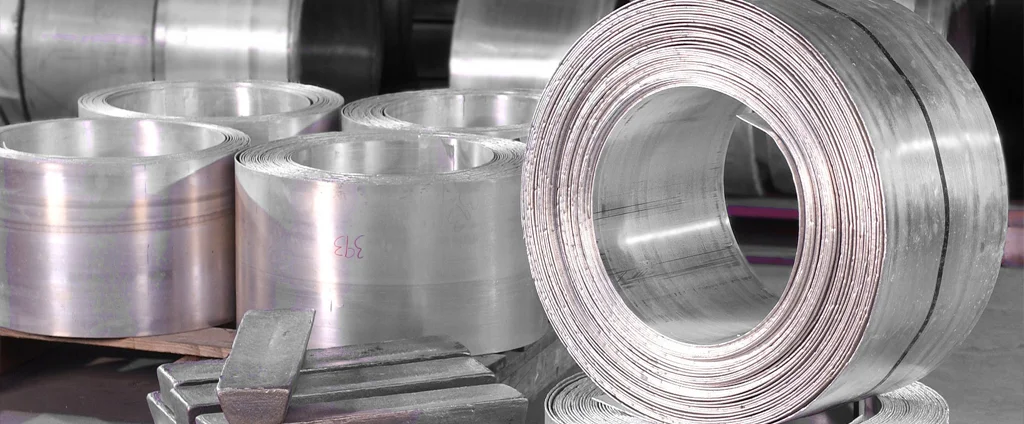Magnesium ZC63A-T6 (UNS M16631)

Magnesium ZC63A-T6 is a solution heat-treated and artificially aged magnesium alloy renowned for its exceptional castability, strength, and machinability. It is widely utilized in casting applications where reliable mechanical performance and ease of processing are essential, making it a preferred choice in various industries.
| Chemical Composition | ||
|---|---|---|
| Element | Min | Max |
| Magnesium | —— | Remainder |
| Copper | 2.4% | 3.0% |
| Manganese | 0.25% | 0.75% |
| Nickel | —— | 0.01% |
| Silicon | —— | 0.2% |
| Zinc | 5.5% | 6.5% |
| Residuals | —— | 0.3% |
The following table provides a list of magnesium ZC63A-T6 properties in both SI and US customary/Imperial units.
Click on the button to switch between Metric and Imperial units.
| Physical Properties | Metric |
|---|---|
| Density | 1870 kg/m3 |
| Mechanical Properties | Metric |
| Tensile Strength (Ultimate) | 248 MPa |
| Tensile Strength (Yield) | 172 MPa |
| Young’s Modulus (E) | 45 GPa |
| Shear Modulus (G) | 17 GPa |
| Elongation at Break in 50 mm | 4% |
| Poisson’s Ratio (ν) | 0.27 |
| Brinell Hardness 500 kg load, 10 mm ball | 55 - 65 |
| Thermal Properties | Metric |
| Melting Point | 465 - 635 °C |
| Solidus | 465 °C |
| Liquidus | 635 °C |
| Thermal Conductivity | 122 W/m·K |
| Specific Heat Capacity (Cp) Typical value for Mg alloys | 0.960 J/g·°C |
| Coefficient of Thermal Expansion (αL) | 27 1/°C |
| Electrical Properties | Metric |
| Electrical Resistivity | 5.40×10-6 Ω·cm |
The values in this table are approximate and can vary depending on various factors such as the specific manufacturing process and heat treatment applied to the alloy.
Advantages & Disadvantages of Magnesium ZC63A-T6
| Advantages | Disadvantages |
|---|---|
| Strong | Low melting point |
| Lightweight | Corrosion prone |
| Machinable | Poor thermal conductivity |
| Weldable | High cost |
Applications of Magnesium ZC63A-T6
Magnesium ZC63A-T6 is a versatile alloy that can be used in a variety of applications, including:
- Automotive industry: Used to manufacture engine blocks, cylinder heads, suspension components, and wheels.
- Aerospace industry: Employed in the production of aircraft parts, missiles, and rockets.
- Marine industry: Applied in the fabrication of boat hulls, propellers, and rudders.
- Industrial sector: Utilized for machine tools, robotics, and medical devices.
- Consumer goods sector: Incorporated into sporting goods, furniture, and jewelry.
